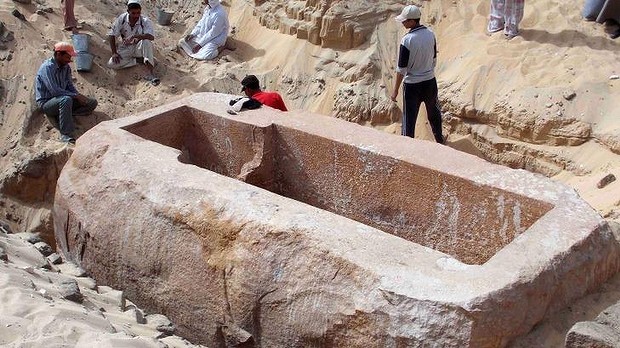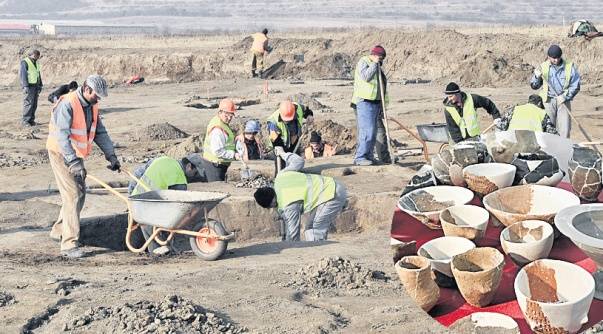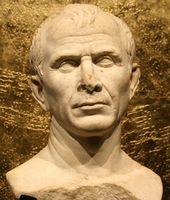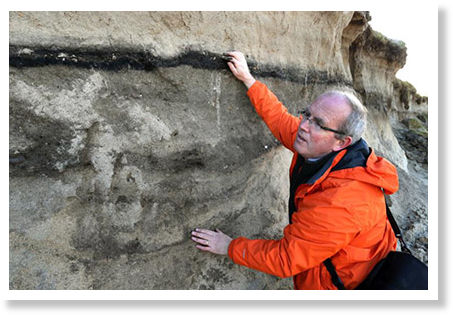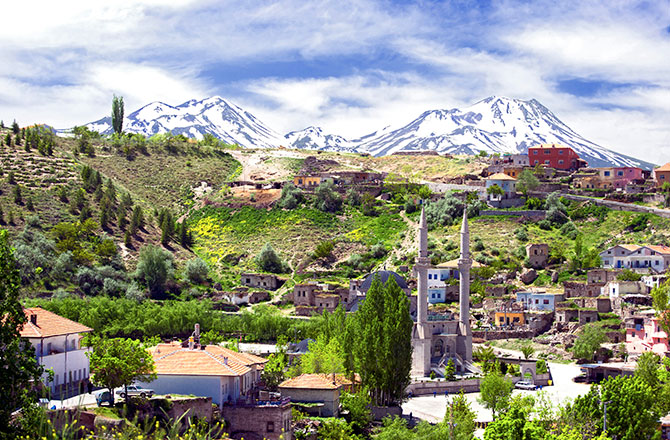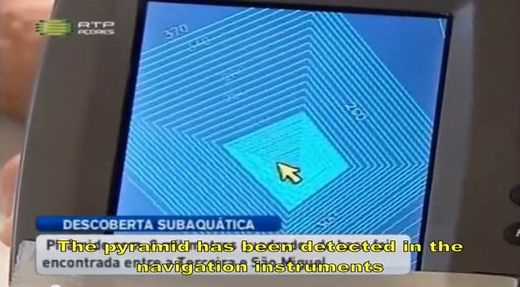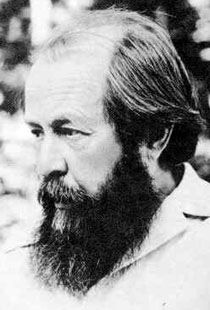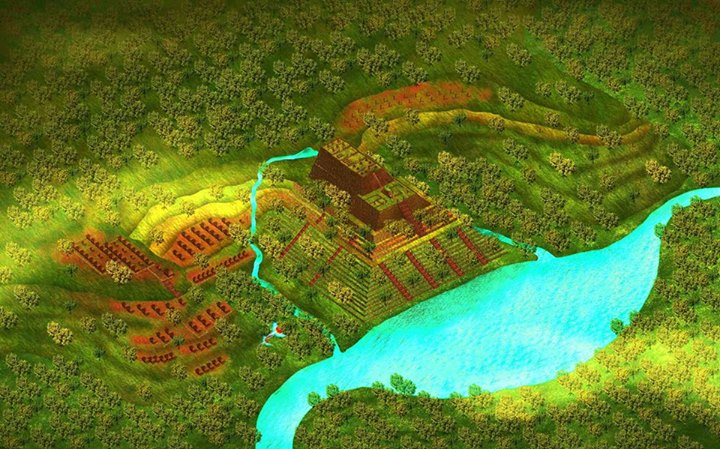
© The Guardian, UKThe work of Redfern and Bonney may force archaeologists to have another look at more recent skull finds such as the one above, excavated during work on a new Crossrail station.
Scores of skulls excavated in the heart of London have provided the first gruesome evidence of Roman head hunters operating in Britain, gathering up the heads of executed enemies or fallen gladiators from the nearby amphitheatre, and exposing them for years in open pits.
"It is not a pretty picture," Rebecca Redfern, from the centre for human bioarchaeology at the museum of London, said. "At least one of the skulls shows evidence of being chewed at by dogs, so it was still fleshed when it was lying in the open."
"They come from a peculiar area by the Walbrook stream, which was a site for burials and a centre of ritual activity - but also very much in use for more mundane pursuits. We have evidence of lots of shoe making, so you have to think of the cobbler working yards from these open pits, with the dog chewing away - really not nice."
"We believe that some of the heads may be people who were killed in the amphitheatre. Decapitation was a way of finishing off gladiators, but not everyone who died in the Roman amphitheatre was a gladiator, it was where common criminals were executed, or sometimes for entertainment you'd give two of them swords and have them kill one another. Other heads may have been brought back by soldiers from skirmishes, probably on the Hadrian or Antonine walls - again, it would have taken weeks to bring them back, so not a nice process."
The 39 skulls were excavated at London Wall almost within sight of the Museum of London in 1988, and deposited at the museum, but the scientists have only recently applied improved forensic techniques to them. Redfern and her colleague Heather Bonney, from the Earth Sciences Department of the Natural History Museum,
publish their results for the first time this week in the Journal of Archaeological Science.
